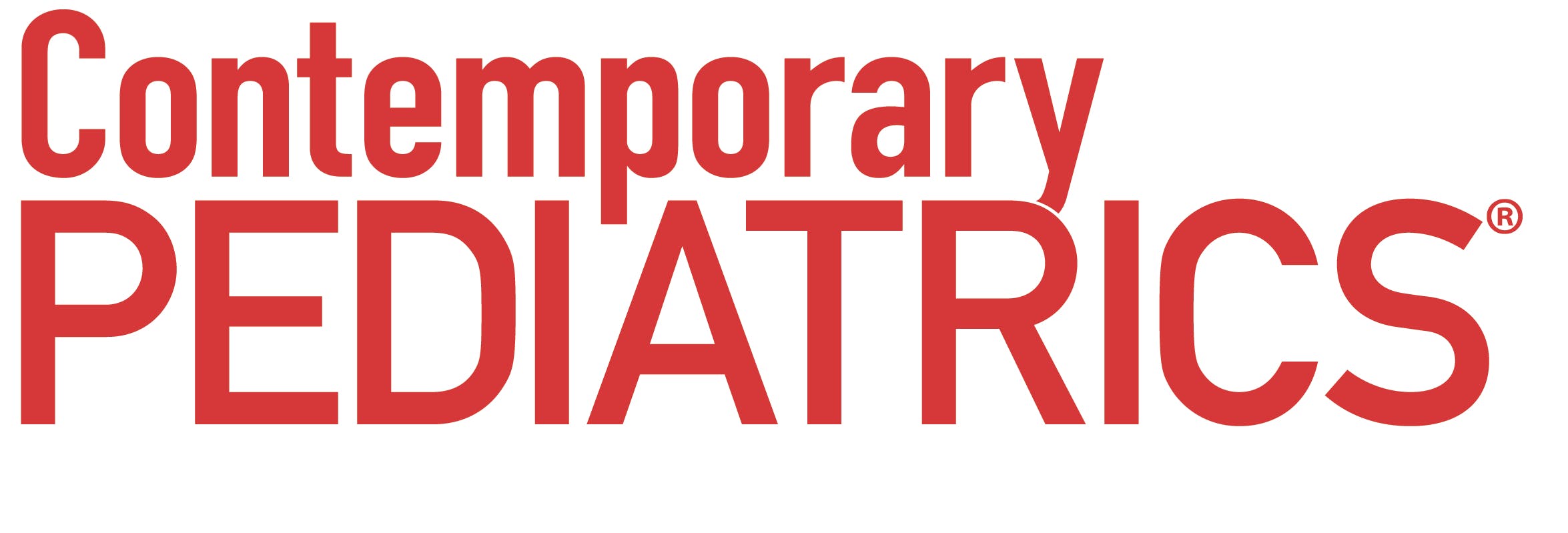Immunizations… A healthcare priority
An array of challenging issues confronted by pediatric providers on a regular basis were presented and included, but were not limited to, best practices for migraine variants, sexually transmitted diseases, adolescent obesity, enuresis and encopresis, developmental hip dysplasia, alternatives to spanking, and the arduous task of breaking bad news to parents and families.
I had the pleasure of reviewing the Conference Club manuscripts and professional commentaries from the 2015 American Academy of Pediatrics National Conference and Exhibition meeting held in Washington DC this October.
An array of challenging issues confronted by pediatric providers on a regular basis were presented and included, but were not limited to, best practices for migraine variants, sexually transmitted diseases, adolescent obesity, enuresis and encopresis, developmental hip dysplasia, alternatives to spanking, and the arduous task of breaking bad news to parents and families. I could discuss any of these topics and the relationship to clinical practice for nurse practitioners (NPs), as they are all worthy of discussion, however, another topic concerned me: Mr Hart’s article on “Practice Management: The real cost of immunizations” and the commentary by Adam Atherly, PhD.
Related: Reaching out to the vaccine-hesitant parent
I agree with Mr Hart that providers must consider the full cost of administering immunizations and may need practice improvement strategies to cost-effectively administer immunizations safely and efficiently during all routine and episodic healthcare visits. What concerned me was the commentary by Adam Atherly, PhD, who wrote, “Long term, it’s probably wise to get out to the immunization business.” Two sentences later he wrote, “I’m not suggesting getting out of the business.”
I realize these 2 authors are not medical providers and that they are addressing the economics of administering immunizations, however, mixed messages are presented in the commentary that confuse non-healthcare providers who often read and misinterpret professional writings. Vaccine hesitant and vaccine resistant parents would simply focus on the first statement by Adam Atherly, PhD. I doubt either of the authors or vaccine hesitant and vaccine resistant parents have cared for young children fighting for their lives from contracting Haemophilius influenza Type B (HiB) meningitis or acute epiglottitis, which were seen frequently prior to the introduction of the HiB vaccine in 1985.
Pediatric healthcare providers need to remain committed to administering immunizations to children from birth throughout the adolescent and young adult years to prevent the wrath of diseases that are vaccine preventable. The way we address economic issues related to clinical practice must not impede our commitment to the health and well being of our pediatric population and should not provide mixed messages to parents and those opposed to vaccines. As NPs we need to continue to counsel parents at each visit on the value of immunizations to prevent vaccine preventable diseases and administer vaccines according to the Centers for Disease Control and Prevention schedules, regardless of economic factors.


















